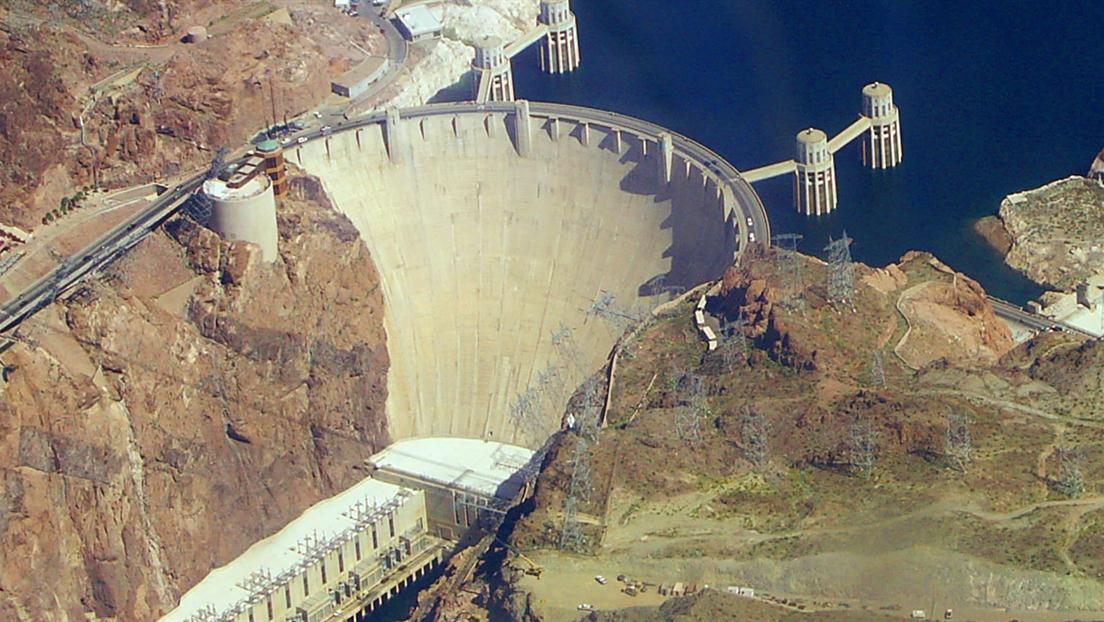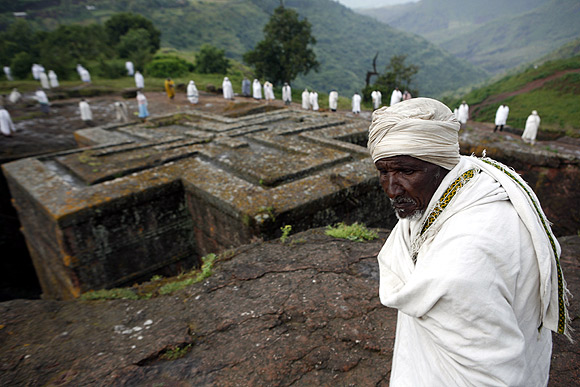Morningcalm
Keeper of Records
In light of several elimination games we have had in this forum involving world wonders, I figured we could as a community collect some concrete ideas (including numbers) for world wonders we might want to add in the game (not natural wonders; though someone could make a separate thread for that).
Discussion is encouraged, and I may modify my own ideas frequently with suggestion (I particularly struggled with which amazing bonus to give the Chinese Temple of Heaven below--whether eureka/inspiration based like China's civ ability, food-focused, which makes it too similar to Angkor Wat or the Hanging Gardens, or district-planning-related due to the real-life counterpart's careful construction).
Some ideas to start (these parent post wonders are inspired by wonders from Age of Empires II), with stats in the format provided in the Civ VI Gamepedia for wonders and the Civ VI Wikia for wonders (quotes for history courtesy of Wikipedia entries as linked in the wonder titles):
Tāq Kasrā (c. 3rd-6th century AD)

Era: Classical.
Wonder Bonuses: +2 Culture, +1 Production. +1 Great Architect point per turn. Tourism output from all Ancient and Classical wonders in your empire is boosted.
Tile Requirement/Placement: Must be built adjacent to the City Center in your capital city.
Technology/Civic Requirements: Engineering (technology).
Cost: 400 Production.
History: Sometimes known as the Arch of Ctesiphon, this architectural marvel was a part of an imperial palace in Ctesiphon that survived Parthians, Sasanians, Romans and the Arab conquest alike, with each group using the palace for their own purposes. Created either by Shapur I or Khosrow I, the iconic archway in the Taq Kasra features the "largest man-made, free standing vault constructed until modern times", or put another way, "the largest single-span vault of unreinforced brickwork in the world." It inspired the medieval Persian poet Khaqani and the French painter and archaeologist Eugène Flandin. The structure is the only above-ground remnant of the Parthian/Sasanian city of Ctesiphon in existence today. It is also the Persian wonder in Age of Empires II.
Hwangnyongsa (began 553 AD, completed 644 AD)

Era: Medieval
Wonder Bonuses: +4 Faith. When constructed, removes 50% of all foreign religious influence in your empire. Religious buildings of your religion generate +1 culture and reduce war weariness in cities in which they are constructed.
Tile Requirement/Placement: Must be built on flat land in your capital city, and the player must have founded a religion.
Technology/Civic Requirements: Divine Right (civic).
Cost: 710 Production.
History: Completed during the reign of Queen Seondeok of Silla, this massive 80-meter temple was the center of state-sponsored Buddhism in Korea, built "entirely with wood with interlocking design with no iron nails." It was also the tallest structure in East Asia and the tallest wooden structure in the world at the time of its construction, designed in part to impress foreign dignitaries and also as the location where monks would pray for the welfare of the nation at large. "Hwangnyongsa" means "Golden/Yellow Dragon Temple" or "Emperor/Imperial Dragon Temple." The name is imposing, but so is the story behind why there are nine stories in this pagoda--each of the stories represents the "nine nations of East Asia and Silla's future conquest of those states". It was burned down during the Mongolian invasion of the 13th century AD, but the massive foundation stones remain in the current day. It is also the Korean wonder in Age of Empires II: The Conquerors (but represented with 5 stories for space reasons--it's already one of the largest wonders in that game).
Temple of Heaven (began 1406 AD, completed 1420 AD)
.jpg)
Era: Medieval
Wonder Bonuses: +2 Faith, +2 Culture. +1 Food and +1 Production in all your cities. Cities may not starve so long as you control the city where this wonder was constructed. In every era after the Medieval Era, unlocks a random eureka or inspiration.
Tile Requirement/Placement: Must be built adjacent to the capital city's City Center and two districts, one of which must be a Holy Site.
Technology/Civic Requirements: Civil Service (civic).
Cost: 710 Production.
History: Now a UNESCO World Heritage site in Beijing and an iconic symbol of China, this temple was created by Yongle Emperor, and was personally visited by emperors of the Ming and Qing dynasties to pray for a good harvest, attended by much pomp. It is regarded as representative of either Chinese heaven worship (with folk deities like Shangdi) or Taoism. Constructed carefully with nearby structures and surroundings according to philosophical ideas of harmony, the temple itself features blue tiles representing heaven, and use of space representing Earth (typically symbolized by a square in the structure) and Heaven (typically symbolized by a circle in the structure). It had "a profound influence on architecture and planning in the Far East over many centuries". The Temple of Heaven park is itself larger than the Forbidden City, and features such colorful structures as the Palace of Abstinence or the Imperial Vault of Heaven. (The most frequent representative of the Temple, however, is the Hall of Prayer for Good Harvests, which is pictured in this post.) The Hall of Prayer for Good Harvests is often called "The Temple of Heaven" when represented in other games, namely, it appears as the Chinese wonder in Age of Empires II and Age of Empires III, and is the inspiration for the Asian architectural set wonder of Age of Empires I.
Discussion is encouraged, and I may modify my own ideas frequently with suggestion (I particularly struggled with which amazing bonus to give the Chinese Temple of Heaven below--whether eureka/inspiration based like China's civ ability, food-focused, which makes it too similar to Angkor Wat or the Hanging Gardens, or district-planning-related due to the real-life counterpart's careful construction).
Some ideas to start (these parent post wonders are inspired by wonders from Age of Empires II), with stats in the format provided in the Civ VI Gamepedia for wonders and the Civ VI Wikia for wonders (quotes for history courtesy of Wikipedia entries as linked in the wonder titles):
Tāq Kasrā (c. 3rd-6th century AD)

Era: Classical.
Wonder Bonuses: +2 Culture, +1 Production. +1 Great Architect point per turn. Tourism output from all Ancient and Classical wonders in your empire is boosted.
Tile Requirement/Placement: Must be built adjacent to the City Center in your capital city.
Technology/Civic Requirements: Engineering (technology).
Cost: 400 Production.
History: Sometimes known as the Arch of Ctesiphon, this architectural marvel was a part of an imperial palace in Ctesiphon that survived Parthians, Sasanians, Romans and the Arab conquest alike, with each group using the palace for their own purposes. Created either by Shapur I or Khosrow I, the iconic archway in the Taq Kasra features the "largest man-made, free standing vault constructed until modern times", or put another way, "the largest single-span vault of unreinforced brickwork in the world." It inspired the medieval Persian poet Khaqani and the French painter and archaeologist Eugène Flandin. The structure is the only above-ground remnant of the Parthian/Sasanian city of Ctesiphon in existence today. It is also the Persian wonder in Age of Empires II.
Hwangnyongsa (began 553 AD, completed 644 AD)

Era: Medieval
Wonder Bonuses: +4 Faith. When constructed, removes 50% of all foreign religious influence in your empire. Religious buildings of your religion generate +1 culture and reduce war weariness in cities in which they are constructed.
Tile Requirement/Placement: Must be built on flat land in your capital city, and the player must have founded a religion.
Technology/Civic Requirements: Divine Right (civic).
Cost: 710 Production.
History: Completed during the reign of Queen Seondeok of Silla, this massive 80-meter temple was the center of state-sponsored Buddhism in Korea, built "entirely with wood with interlocking design with no iron nails." It was also the tallest structure in East Asia and the tallest wooden structure in the world at the time of its construction, designed in part to impress foreign dignitaries and also as the location where monks would pray for the welfare of the nation at large. "Hwangnyongsa" means "Golden/Yellow Dragon Temple" or "Emperor/Imperial Dragon Temple." The name is imposing, but so is the story behind why there are nine stories in this pagoda--each of the stories represents the "nine nations of East Asia and Silla's future conquest of those states". It was burned down during the Mongolian invasion of the 13th century AD, but the massive foundation stones remain in the current day. It is also the Korean wonder in Age of Empires II: The Conquerors (but represented with 5 stories for space reasons--it's already one of the largest wonders in that game).
Temple of Heaven (began 1406 AD, completed 1420 AD)
.jpg)
Era: Medieval
Wonder Bonuses: +2 Faith, +2 Culture. +1 Food and +1 Production in all your cities. Cities may not starve so long as you control the city where this wonder was constructed. In every era after the Medieval Era, unlocks a random eureka or inspiration.
Tile Requirement/Placement: Must be built adjacent to the capital city's City Center and two districts, one of which must be a Holy Site.
Technology/Civic Requirements: Civil Service (civic).
Cost: 710 Production.
History: Now a UNESCO World Heritage site in Beijing and an iconic symbol of China, this temple was created by Yongle Emperor, and was personally visited by emperors of the Ming and Qing dynasties to pray for a good harvest, attended by much pomp. It is regarded as representative of either Chinese heaven worship (with folk deities like Shangdi) or Taoism. Constructed carefully with nearby structures and surroundings according to philosophical ideas of harmony, the temple itself features blue tiles representing heaven, and use of space representing Earth (typically symbolized by a square in the structure) and Heaven (typically symbolized by a circle in the structure). It had "a profound influence on architecture and planning in the Far East over many centuries". The Temple of Heaven park is itself larger than the Forbidden City, and features such colorful structures as the Palace of Abstinence or the Imperial Vault of Heaven. (The most frequent representative of the Temple, however, is the Hall of Prayer for Good Harvests, which is pictured in this post.) The Hall of Prayer for Good Harvests is often called "The Temple of Heaven" when represented in other games, namely, it appears as the Chinese wonder in Age of Empires II and Age of Empires III, and is the inspiration for the Asian architectural set wonder of Age of Empires I.
Last edited:






 The way I see it, all our drafted wonder ideas are subject to change anyway, particularly in light of the upcoming expansion.
The way I see it, all our drafted wonder ideas are subject to change anyway, particularly in light of the upcoming expansion.







